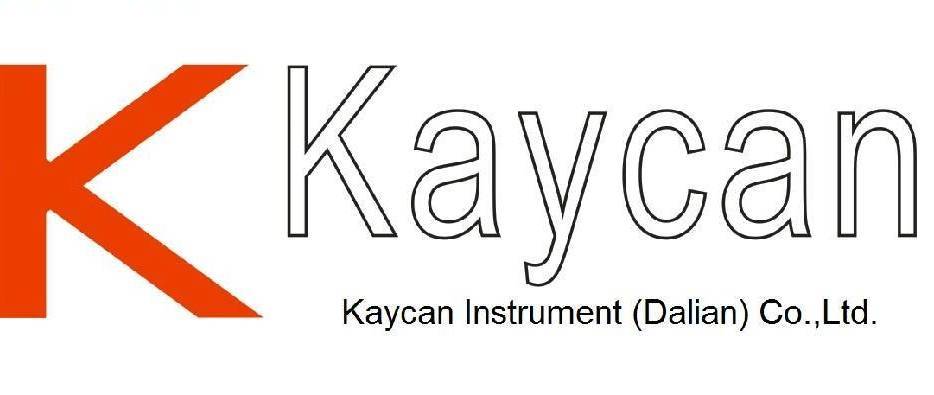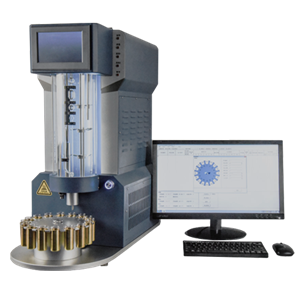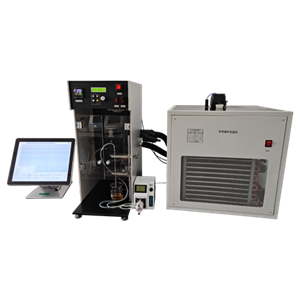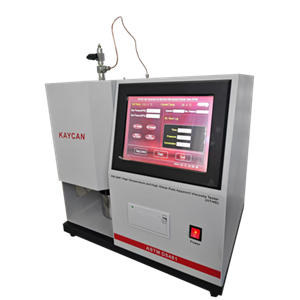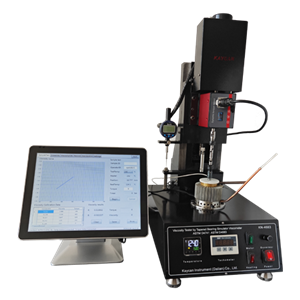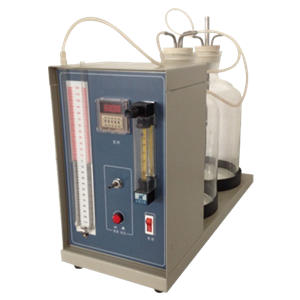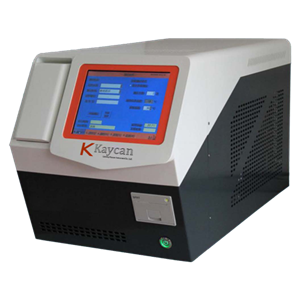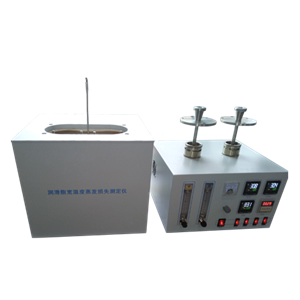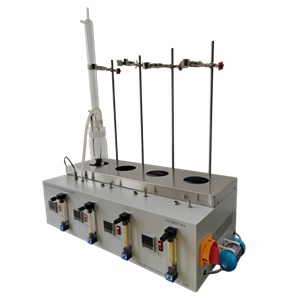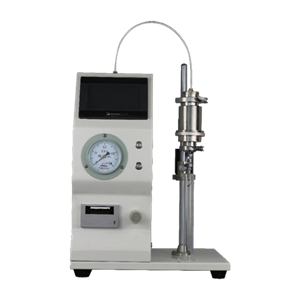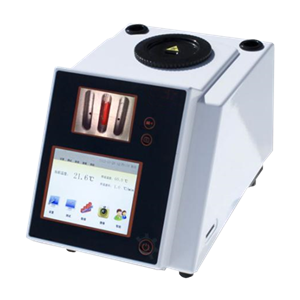-
ASTM D6371 CFPP Suction Device
KN-6371A CFPP Suction Device conforms to national standard ASTM D6371 Standard Test Method for Cold Filter Plugging Point of Diesel and Heating Fuels. It adopts modern advanced technology, mechanical, optical, electronic and computer technology, and can be done automatically test the cold filter plugging point of petroleum products, automatic cold filter plugging point analyzer using optical detection technology, imported compressor refrigeration system ensure the required refrigeration depth. Automatic cold filter plugging point tester reasonable structure, stable performance, simple operation, is the ideal detection equipment.
Send Email Details -
ASTM D7153 Automatic Rapid Freezing Point Tester
KN-7153 Automatic Rapid Freezing Point Tester conforms to ASTM D7153 Standard Test Method for Freezing Point of Aviation Fuels (Automatic Laser Method). The freezing point of an aviation fuel is the lowest temperature at which the fuel remains free of solid hydrocarbon crystal which, if present in the fuel system of the aircraft, can restrict the flow of fuel through filters. The temperature of the fuel in the aircraft tank normally decreases during flight depending on aircraft speed, altitude, and flight duration. The freezing point of the fuel shall always be lower than the minimum operational fuel temperature.
Send Email Details -
Hot
ASTM D5800 Evaporation Loss Of Lubricating Oils By The Noack Method
The evaporation loss is of particular importance in engine lubrication. Where high temperatures occur, portions of an oil can evaporate. Evaporation may contribute to oil consumption in an engine and can lead to a change in the properties of an oil. Many engine manufacturers specify a maximum allowable evaporation loss. Some engine manufacturers, when specifying a maximum allowable evaporation loss, quote this test method along with the specifications.
Send Email Details -
ASTM D2595 Lubricating Grease Wide Temperature Range Evaporation Loss Tester
KN-2595 Lubricating Grease Wide Temperature Range Evaporation Loss Tester conforms to ASTM D2595 Standard Test Method for Evaporation Loss of Lubricating Greases Over Wide-Temperature Range. A weighed sample of grease in an evaporation cell is placed in a heating device maintained at the desired test temperature. Heated air is passed over the grease surface for 22h±0.1h. The loss in weight of the sample due to evaporation is determined.
Send Email Details -
ASTM D1384 Corrosion Test For Engine Coolants In Glassware
this test method will generally distinguish between coolants that are definitely deleterious from the corrosion standpoint and those that are suitable for further evaluation.however, the results of this test method cannot stand alone as evidence of satisfactory corrosion inhibition. the sctual serivice value of an engine coolant formulation can be determined only by more comprehensive bench,hynamometer,and field tests
Send Email Details -
ASTM D6079 Evaluating Lubricity Of Diesel Fuels By The HFRR
Diesel fuel injection equipment has some reliance on lubricating properties of the diesel fuel. Shortened life of engine components, such as diesel fuel injection pumps and injectors, has sometimes been ascribed to lack of lubricity in a diesel fuel
Send Email Details -
ISO 13357 Lubricating Oil Filterability Tester
This instrument is produced in accordance with the ISO13357 Petroleum products - Determination of the filterability of lubricating oils - Part 2: Procedure for dry oils, and is used to determine the filterability of lubricating oil based on mineral oil, especially the hydraulic oil in the hydraulic system. It is not suitable for liquids based on other materials (such as flame-retardant liquids, because they may be compatible with the filter membrane used in this method); it is also not suitable for some hydraulic oils with special properties, because they contain insoluble or partially Dissolved additives or special macromolecular substances.
Send Email Details -
ASTM D87 Automatic Petroleum Wax Melting Point Apparatus
KN-87Z Automatic Petroleum Wax Melting Point Apparatus (Cooling Curve Method) conforms to ASTM D87 Standard Test Method for Melting Point of Petroleum Wax (Cooling Curve), it covers the determination of the melting point (cooling curve) of petroleum wax. It is unsuitable for waxes of the petrolatum group, microcrystalline waxes, or blends of such waxes with paraffin wax or scale wax.
Send Email Details
